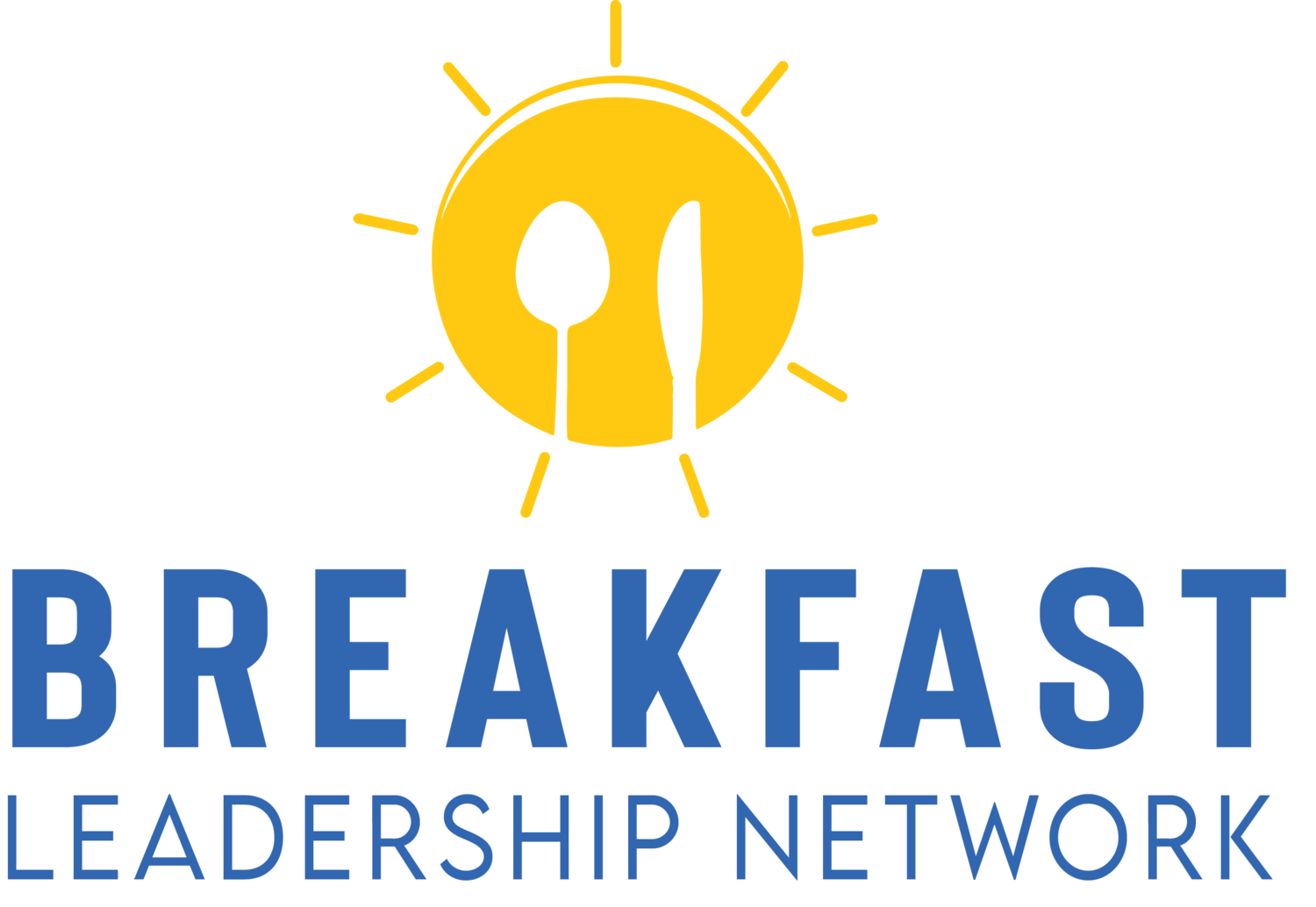Storytelling In The Workplace: Fostering A Healthy, Vibrant Corporate Culture
In the fast-paced, high-pressure environments of modern organizations, one timeless tool often gets overlooked — storytelling. Beyond its role in entertainment, storytelling is a powerful cultural glue, a means of transferring knowledge, building connection, and aligning teams. When used intentionally in the workplace, storytelling becomes a foundational tool to foster a healthier, more vibrant corporate culture.
As leaders and executives aim to build resilient teams and retain top talent, embedding storytelling into the DNA of workplace communication is not just a creative exercise — it’s a strategic imperative.
The Power of Storytelling in Corporate Settings
Human beings are hardwired for stories. Long before we had data, dashboards, and deliverables, we had narratives. Stories shape how we see the world, influence behavior, and help us make sense of experiences. When leaders share stories, they’re doing more than conveying information — they’re building trust, reinforcing values, and guiding decision-making.
In the workplace, stories are how company culture lives and breathes. They show what the organization values, how it treats people, and how it overcomes challenges. Whether it’s the tale of a customer success, a moment of employee grit, or the origin of the organization’s mission, these stories fuel purpose and connection.
Storytelling as a Leadership Tool
Great leaders don’t just give instructions — they inspire through narrative. Consider the difference between a manager saying, "Work hard and be resilient," versus a leader saying, "I remember when our team lost a major client — we regrouped, innovated, and came back stronger than ever. That resilience is why we’re here today."
Which one sticks?
Leaders who weave storytelling into their communication create a more emotionally connected workforce. It’s not about spinning tall tales; it’s about being authentic, vulnerable, and human. Employees are more likely to trust leaders who share personal experiences and lessons learned, not just bullet points.
Storytelling Enhances Onboarding and Knowledge Sharing
One of the biggest challenges organizations face is knowledge transfer — especially during onboarding or when experienced employees leave. Embedding stories into training materials and mentorship programs makes learning stickier and more relatable.
Rather than bombarding new hires with dry policies, share narratives about how team members have lived the values or navigated the policies in real-world scenarios. It brings the employee handbook to life and shows that the organization lives its culture — it doesn’t just preach it.
Fostering Connection Across Departments
In hybrid and remote work environments, silos form fast. Departments often operate in isolation, leading to communication breakdowns and missed opportunities for collaboration. Storytelling is a bridge that brings people together.
Whether it’s through team meetings, internal newsletters, or town hall sessions, sharing cross-functional success stories helps employees see the bigger picture and feel like part of a unified mission. People want to know their work matters — stories show them how.
Storytelling Drives Engagement and Retention
Gallup’s research consistently shows that employees who feel connected to their organization’s mission are more engaged and less likely to leave. Storytelling helps forge that connection.
When companies spotlight individual contributions, share client impact stories, and highlight team wins, they affirm the importance of each role within the organization. People don’t just want a paycheck — they want to feel like they belong to something meaningful. Stories make that belonging real.
How to Integrate Storytelling Into Your Culture
You don’t need a Hollywood script to make storytelling work at your company. Here are simple, high-impact ways to get started:
Lead by Example: As a leader, regularly share stories in team meetings, emails, or Slack updates. Make it part of your communication rhythm.
Celebrate Wins Through Stories: When celebrating project completions or individual achievements, focus on the journey, not just the result. How did the team get there? What challenges did they overcome?
Capture Stories from All Levels: Encourage employees to submit their own stories — about customer interactions, problem-solving moments, or personal growth. Share these in internal comms or meetings.
Train Managers in Storytelling: Equip mid-level managers with basic storytelling frameworks so they can use them in 1:1s, performance reviews, and team development.
Make Stories Part of Onboarding: Introduce new hires to the company’s history, values, and internal legends that define the culture.
Use Video: Create short videos with team members telling impactful stories. This is especially powerful for remote teams where face-to-face connection is rare.
The Long-Term Cultural Payoff
Embedding storytelling into workplace culture isn’t a quick fix — it’s a long-game strategy that pays dividends in trust, morale, retention, and brand reputation. Companies with a strong storytelling culture have employees who feel heard, valued, and aligned with the organization’s purpose.
In a world where workplace burnout and disengagement are at all-time highs, storytelling offers a refreshingly human path forward. It’s not about spinning fairy tales or corporate jargon. It’s about creating a workplace where people feel seen and where their contributions — and their stories — matter.
And when that happens, culture isn’t something you have to force. It’s something your people carry with them, every day.
